There is a pond in my neighbor’s backyard that Canyon (my 15-month old son) and I have been enjoying walking around for a few months, and as spring time kicks in the bird activity around this riparian refuge has really picked up. Just yesterday we saw several wood ducks, a nesting pair of geese, your typical assortment of steller’s jays and flickers, and lots of small songbirds. Small songbirds – that’s how I tend to categorize birds smaller than a robin unless they have a particularly unique plumage (for example, the western tanager) or are incredibly common (like the junco). Its not that I don’t appreciate birds, I do. I’m just a bit more of a botanical person by nature and can’t see the birds for the trees! But I have been trying to change that.
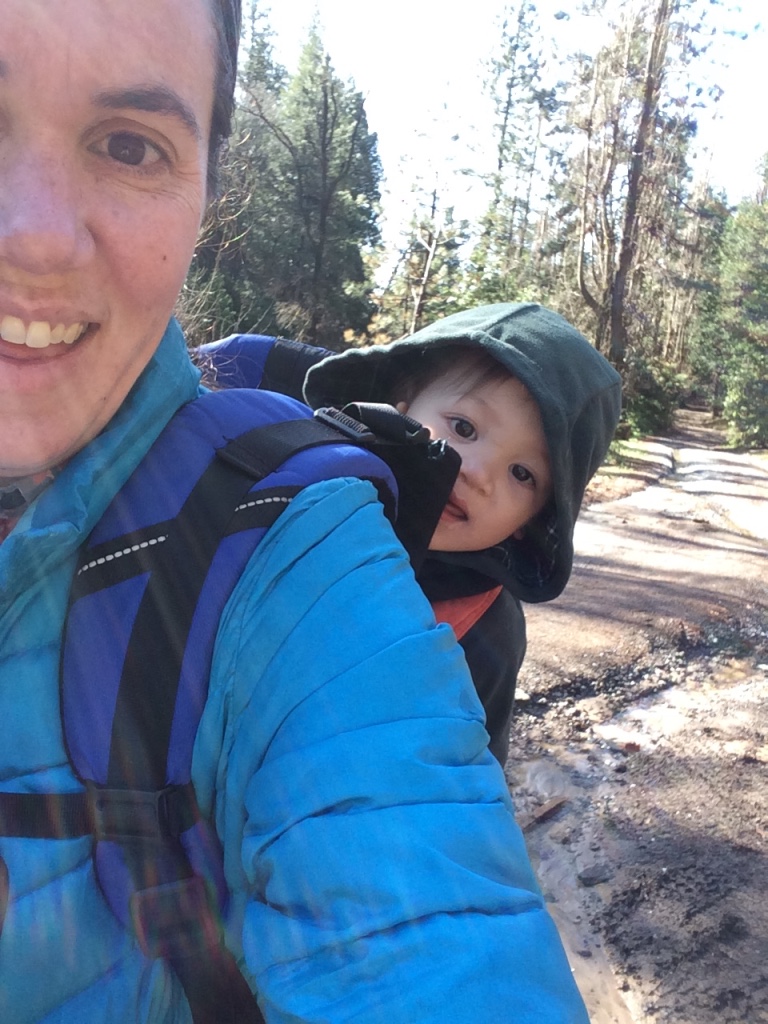
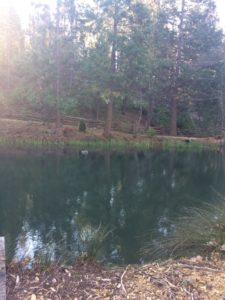
Thanks in part to my co-worker Megan who is passionate about birding, and thanks also to Canyon who I want to instill an appreciation of nature and a knack for keen observation, lately I have been paying greater attention to the winged occupants of the forest that surrounds our home. Megan’s keen eye for quickly flitting bird movement in our peripheral vision and enthusiasm for figuring out which little brown bird just dove into the field of shrubs in front of us has sharpened my attention to trying to capture the subtle (to me) markings that distinguishes an oak titmouse from a Western wood-peewee. So yesterday when I was walking around the pond and Canyon pointed to a tree and said “bird!” (actually he said “buh” but I wasn’t going to quell his enthusiasm by correcting him), I filled with pride and excitement that he was picking up on the naturalists skills that I was pushing. Looking to where he was pointing I saw what I thought was a black phoebe (based on my limited knowledge) hanging out on some branches above the pond. I was pretty sure I had seen him (or her) in the same spot the last time we had come by, and wondered if it was nesting nearby.
As part of my effort to feed this budding interest of mine, I looked up the black phoebe when I got home to see if indeed I had identified the bird correctly. I had! This little bird is pretty cute actually, for not being a plant. It has a little crest on its head and a dark grey/black body with white on its belly. It appears restless as it hops around its tail going up and down constantly. Turns out that it is a flycatcher and loves hanging out on low branches by waterways so that it can catch its meal of insects (bees, flies, dragonflies, and much more) and they even catch small fish at times. They also build their nests near these sites on rock faces or in tree hollows, using mud and sticks to build their structure. I’m definitely looking to see if we can find a nest the next time we go.
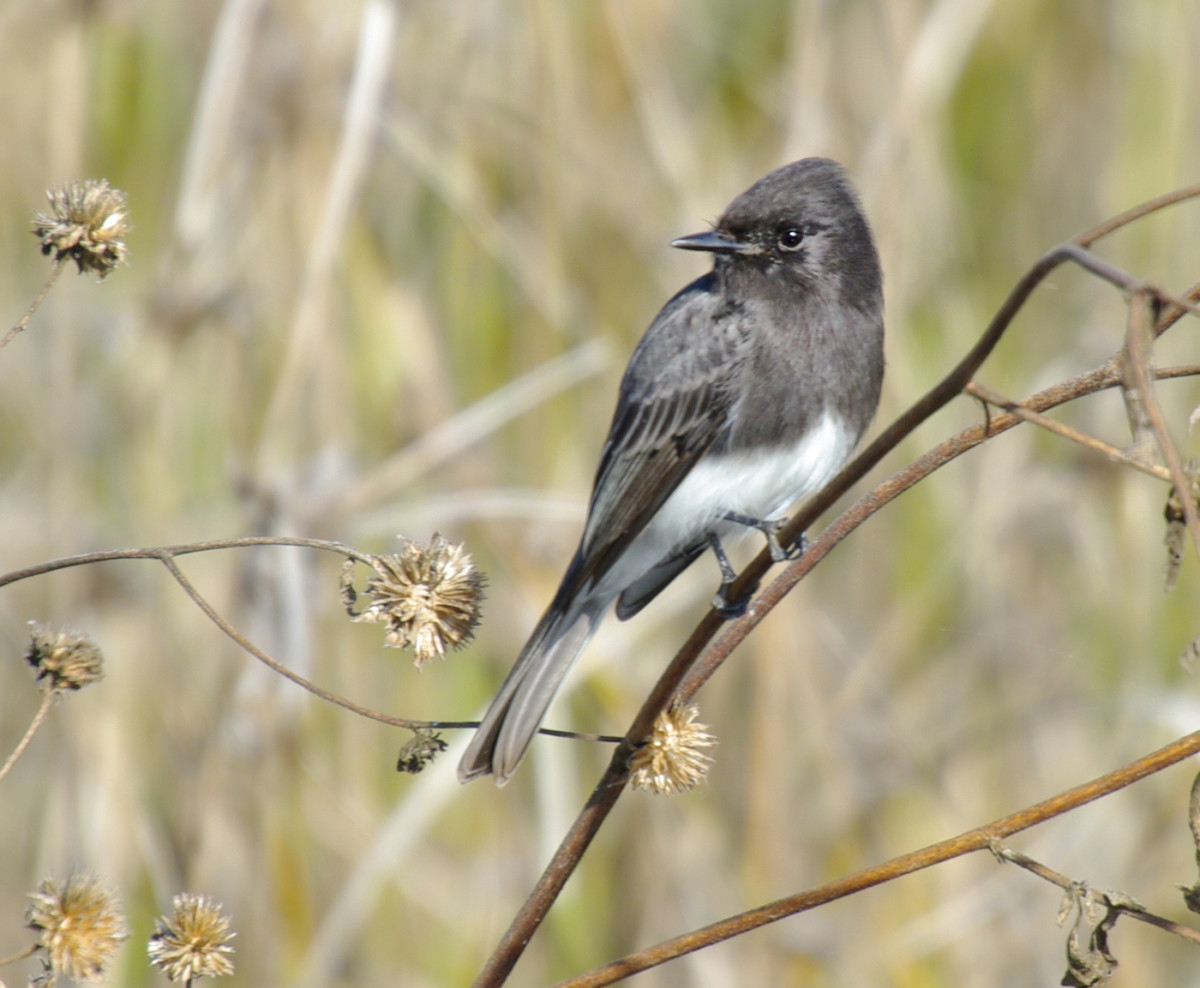
photo by William Moore
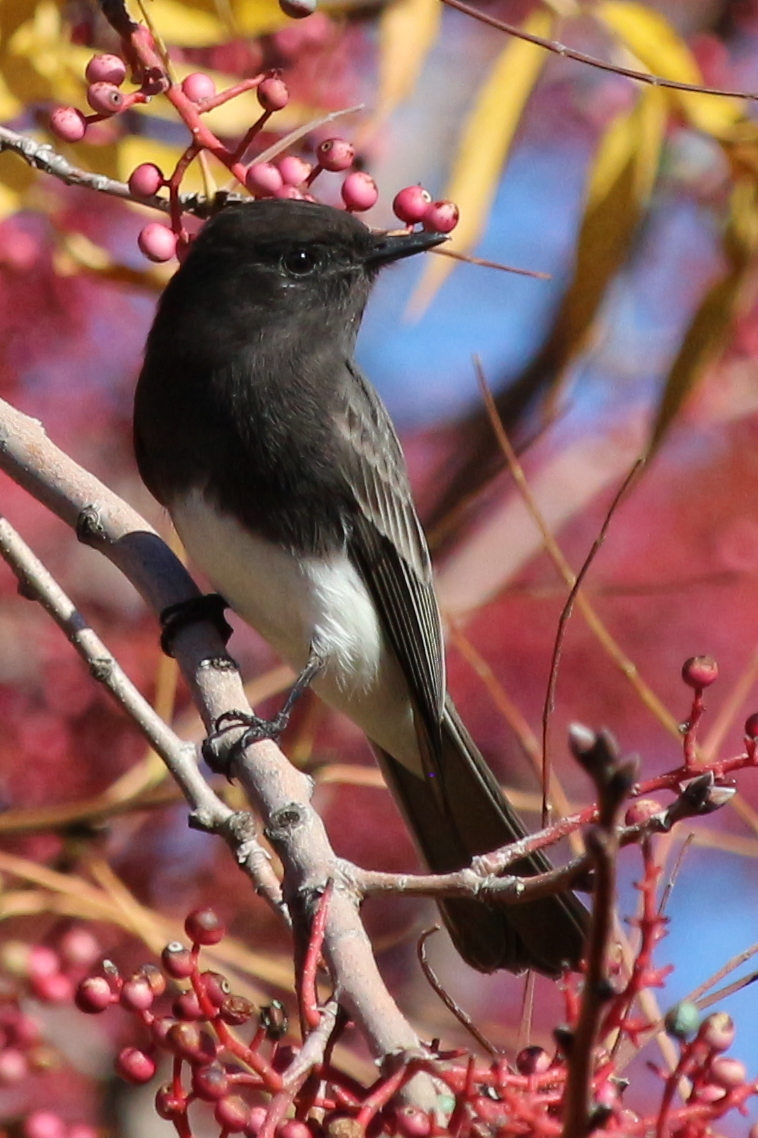
photo by Richard Brown.
I feel lucky to have a place I can go to observe nature so readily within a short jaunt from my house, but even sitting on my deck in the morning I am able to observe a lot of bird activity in the mixed conifer forest that surrounds me. My goal as Canyon gets older is to make our yard more wildlife friendly, creating habitat and food for birds and animals using the guidelines put out by the National Wildlife Federation.
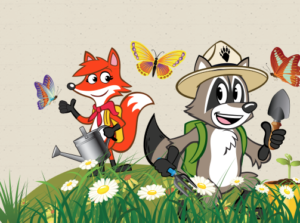
The National Wildlife Federation has great resources for making your yard wildlife friendly.

